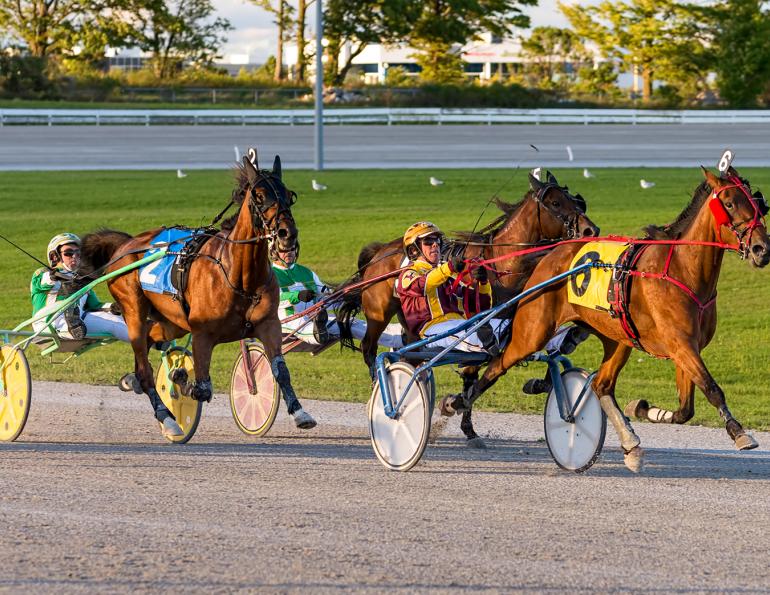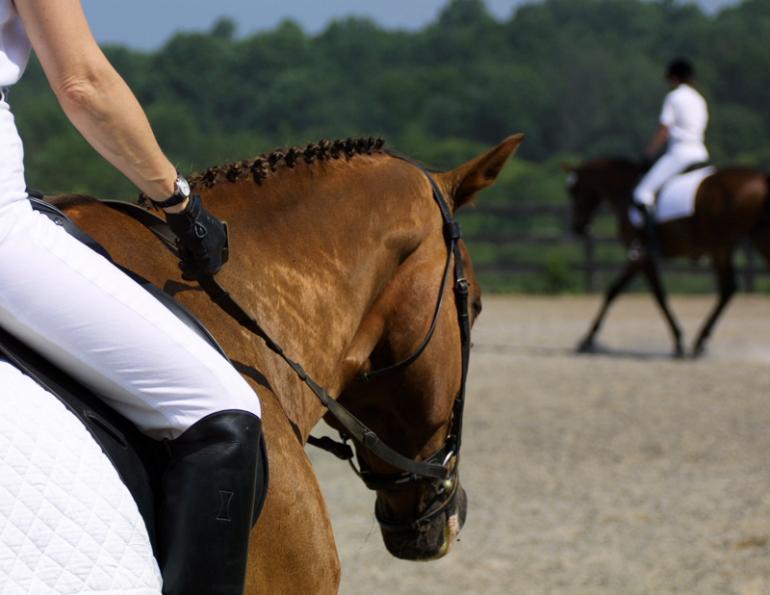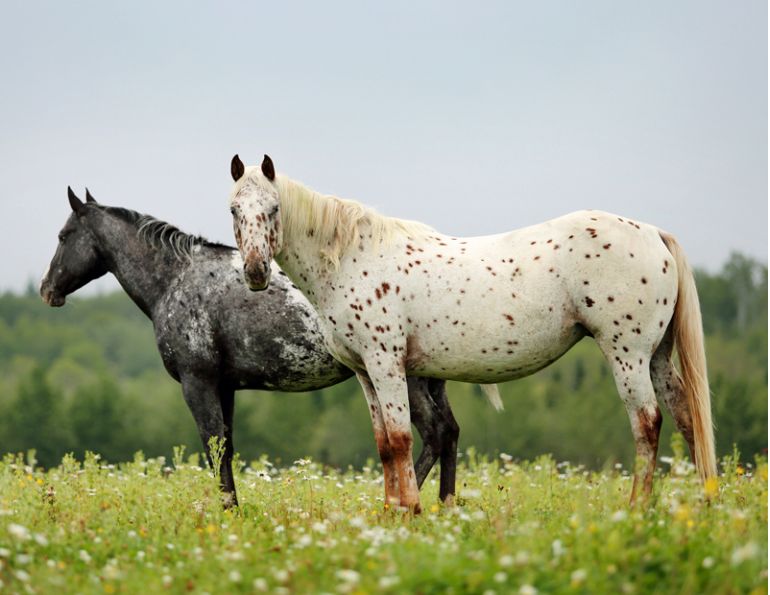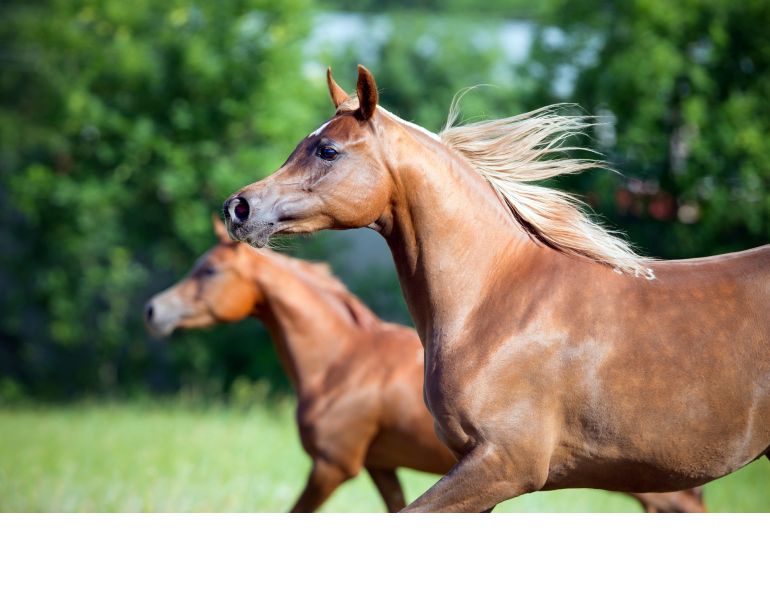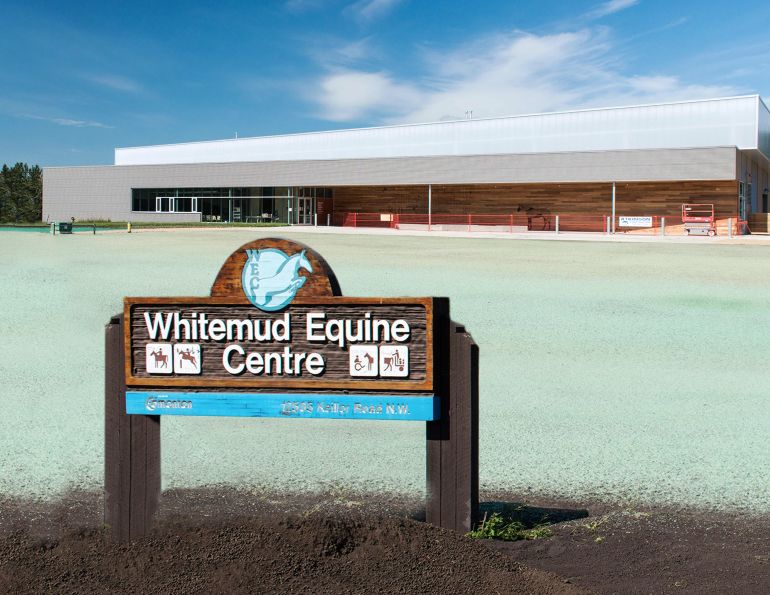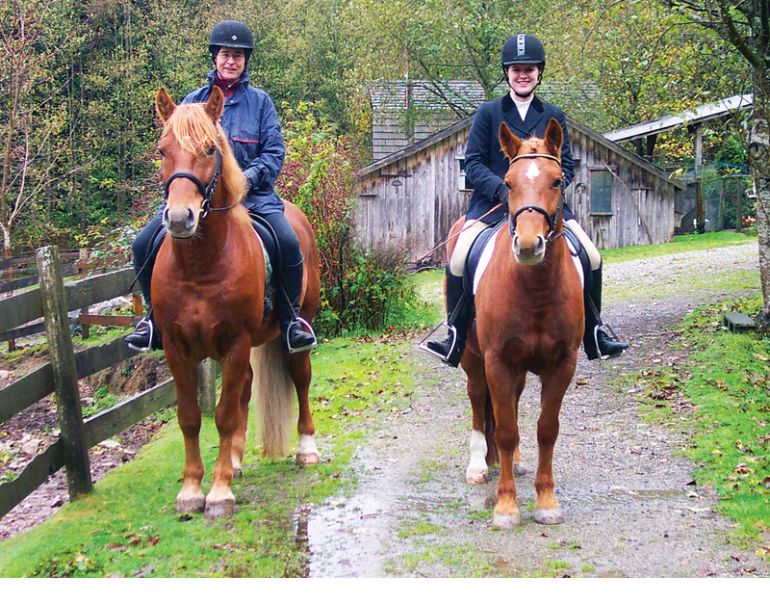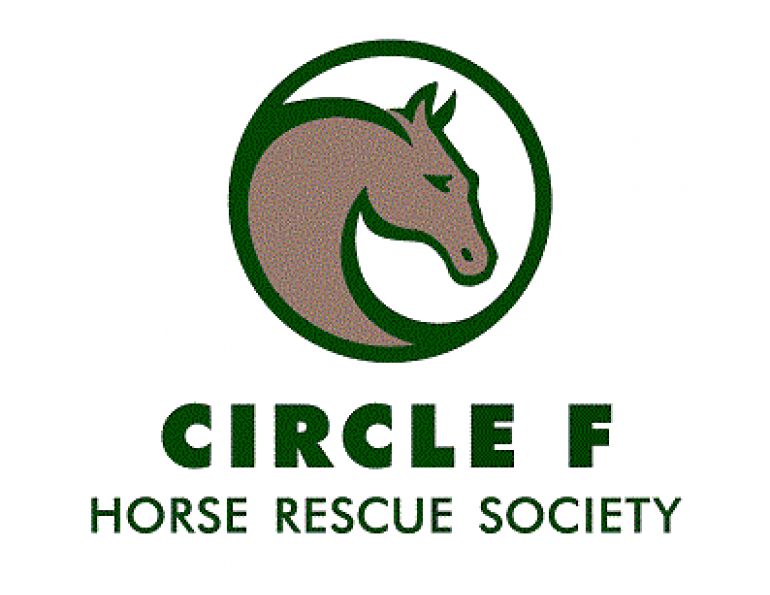By Margaret Evans
On August 6, 2020, a cloned Przewalski’s horse foal was born at the Texas veterinary facility, Timber Creek Veterinary, a long-time collaborator with ViaGen Equine in Cedar Park, Texas, a world leader in cloning services. To bring a cloned Przewalski’s foal into the world, they worked together with San Diego Zoo Global’s Frozen Zoo, and Revive & Restore, a conservation organization promoting biotechnology in conservation techniques.
The foal was born to a domestic surrogate dam, and the successful pregnancy offers a lot of hope for reviving genetic diversity that has been lost in the past by this unique equine species.
For millennia, the Przewalski’s horse (pronounced “sheh-VAHL-skee” and named after Russian expedition leader Colonel Nikolai Michailovich Przewalski) ranged throughout the grassland steppe from Eastern Europe through central Asia and into China. According to evolutionary research, the Przewalski-type horse diverged from the equid line that produced modern domestic horses between 38,000 and 72,000 years ago.
To Mongolian people, whose culture is profoundly intertwined with the tough, savvy horses, they are the Takhi, meaning “spirit.” As a symbol of their national heritage and pride, the horse is treasured in their culture and beliefs.
However, in the late 1800s and early 1900s, hundreds of horses died as a result of expeditions to capture them for exhibits in Europe and private collections. Hunting, military activities, competition with livestock for grazing and water, and harsh winters took their toll. The last confirmed sighting of a wild Przewalski’s horse in its ancestral range was made in 1969 by a Mongolian scientist when he saw a stallion close to a spring called Gun Tamga in the Dzungarian Gobi. Przewalski’s horse was believed extinct in the wild.
By then, though, the horses were thriving in captive breeding programs in zoos, all descendants of an original founder herd of just 12 horses. Reintroductions of small bands of horses to upland and mountain steppe in Mongolia began in the early 1990s and continued into the 2000s. There was always the threat of interbreeding with domestic stock, which would threaten genetic integrity, and the herds had to acclimatize to living wild and coping with extreme weather conditions. The devastating winter of 2009-2010 resulted in the loss of 60 percent of the entire released population (see: Surviving a Gobi Dzud Winter).
As herds slowly regained numbers, the fear of further genetic loss and the complications of a genetic bottleneck brought their management to the interface with today’s latest reproductive technology. Cloning of domestic animals and some wildlife species had proven itself viable and successful. A decision was made between San Diego Zoo Global, ViaGen Equine, and Revive & Restore to clone a Przewalski’s horse in order to boost genetic diversity.
The challenge was to choose the most suitable stallion, dead or alive. In 1975, the San Diego Zoo had established the Frozen Zoo, which is now the largest repository of cryopreserved genetic material in the world with over 10,000 individual cell lines from over 1,100 species and subspecies. In that collection was genetic material from Przewalski’s stallion SB615 (Stud Book #615).

Above/Below: Przewalski’s horses in the Chernobyl exclusion zone, where they were released in the late 1990s. (See: Are Przewalski’s Horses in Peril in Chernobyl?)

The stallion had been born in 1975 in the UK and shipped to the US in 1978 where he lived until his death in 1998. He was known affectionally as “Kuporovic” by his zookeepers.
Concern about Przewalski’s horse inbreeding and lack of genetic diversity was an ongoing concern. But it was discovered in 1980 that Kuporovic possessed unique ancestry from two wild founders SB11 and SD12. According to Revive & Restore’s website, Kuporovic carried significantly more unique alleles, or gene variants, from those two founding stallions than many other living Przewalski’s horses. Kuporovic’s legacy would live on in the first cloned Przewalski’s horse.
The little colt was named “Kurt” in honour of Kurt Benirschke, M.D., who was instrumental in founding the Frozen Zoo and SDZG’s conservation research program.
“This new Przewalski’s colt was born fully healthy and reproductively normal,” says Shawn Walker, chief science officer at ViaGen Equine. “He is head butting and kicking, when his space is challenged, and he is demanding milk supply from his surrogate mother.”
The exciting promise from the success of this cloning project is that it has provided proven techniques that can be applied to many conservation goals in the future.
“This Przewalski’s foal was produced using our proven equine cloning techniques,” says Blake Russell, president of ViaGen Equine. “Thanks to the Timber Creek team, this special foal is off to a great start.”
The foal will eventually be moved to the San Diego Zoo Safari Park and integrated into a breeding herd, where his genetic lines will infuse greater diversity into the Przewalski’s horse population.
“A central tenet of the Frozen Zoo®, when it was established by Dr. Benirschke, was that it would be used for purposes not possible at the time,” says Oliver Ryder, Ph.D., director of genetics at San Diego Zoo Global. “Now, the living cells in the Frozen Zoo are contributing to reversing losses of genetic diversity and contributing to population sustainability. The cells of hundreds of Przewalski’s horses reside in the Frozen Zoo and form the basis for new opportunities in applying scientific research to preserve species into the future.”
There are great expectations for the future breeding capacity of the foal, now considered to be one of the most genetically important individuals of his species.
The story of the Przewalski’s horse continues to be told. In 2018, an international consortium of universities and museums published in the journal Science an extensive research study into the origins of the Asian wild horse and horses’ earliest domestication. The researchers generated 42 ancient horse genomes. They concluded, to the astonishment of many, that the Przewalski’s horse was not the world’s last truly wild horse but a descendant of the horses herded — and perhaps domesticated — by the people of the Botai culture in Kazakhstan 5,500 years ago (see: Przewalski’s Horse — Wild No More?).
Perhaps, as greater genetic knowledge about the Przewalski’s horse is understood and expressed by the offspring of Kurt, we will continue to learn much more about this amazing and ancient horse species.
Update on Kurt's story: Cloned Przewalski's Horse Learning the Language of Wild Horses
Published with the kind permission of Mark Andrews, Equine Science Update
Main Photo: Scott Stine




